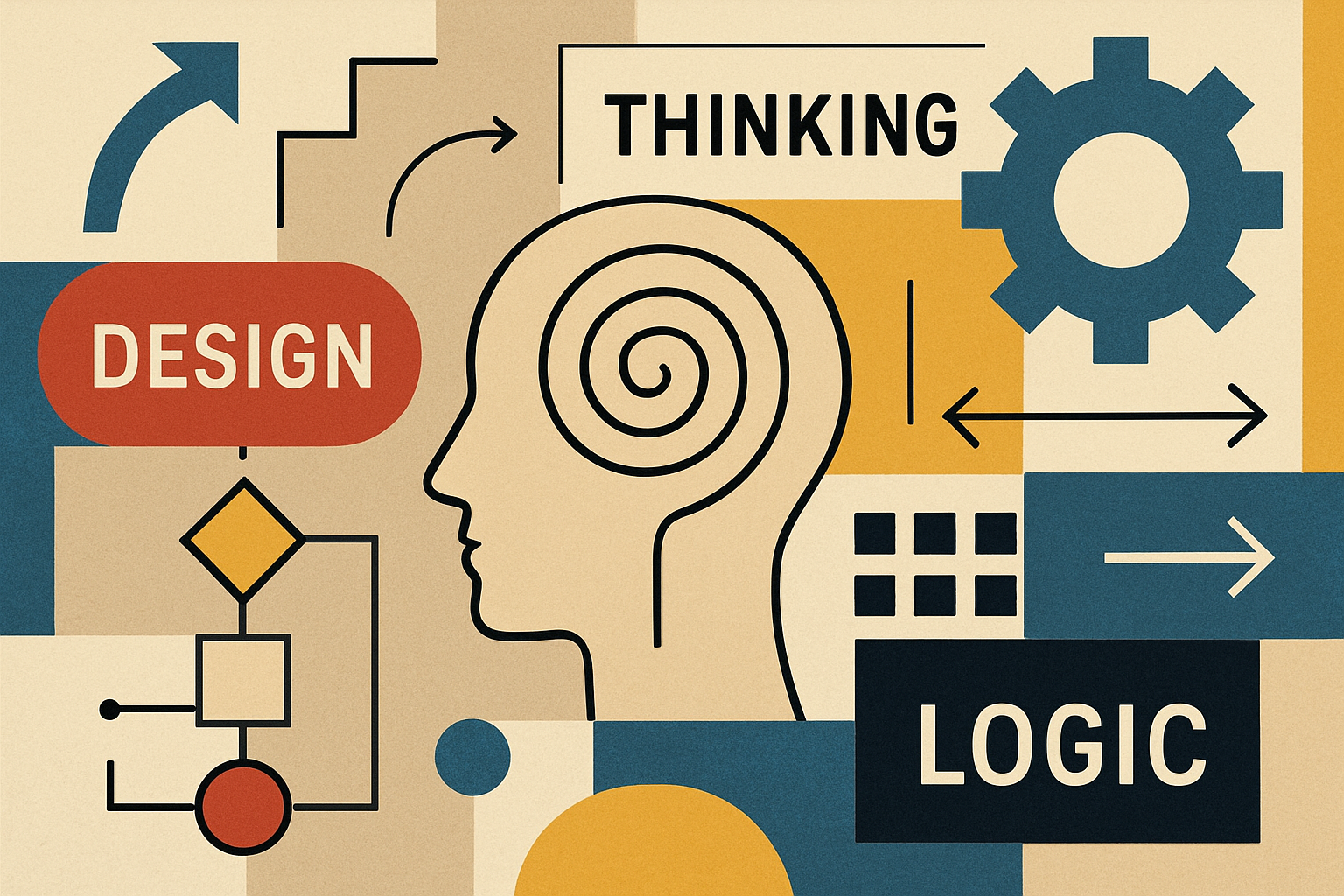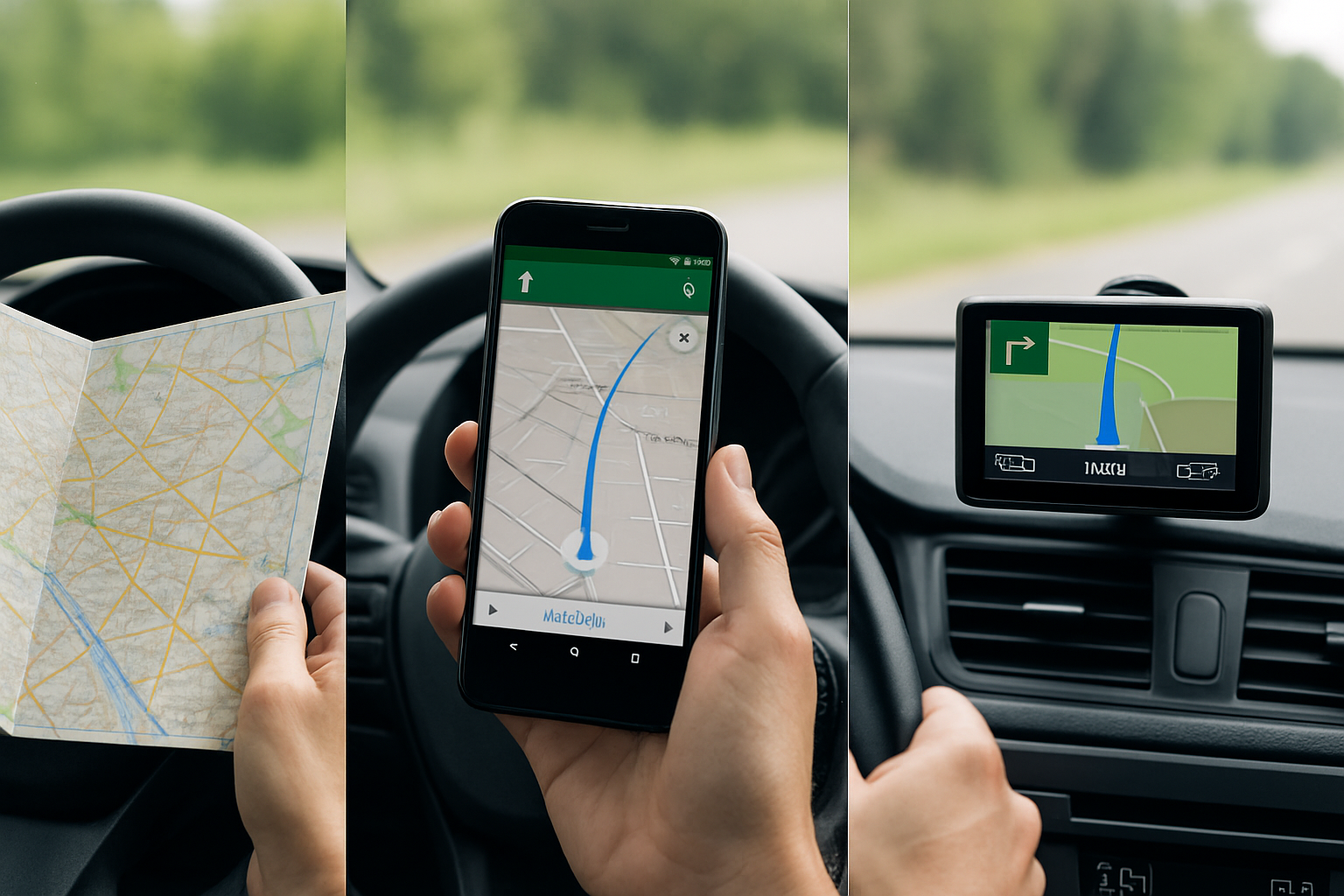If you are an end user of AI it all feels pretty simple. Ask your question or make your request. Get an answer or response. Keep going until you are done.
But what about if you need to start engaging with AI at a slightly more strategic/technical level. “It’s all a bit too complicated for me,” is not an untypical (or unreasonable) response. After all, once you start talking about APIs, prompts, Python or LLMs you can understand why someone’s eyes might glaze over and their brain might shut down.
To the uninitiated, it does start to sound like a bunch of tech gobbledygook dreamt up by a fairly unfriendly bunch of Martians!
(By the way if you are interested in dipping your toe into the more technical aspects of AI, my goal is to unpack the jargon and concepts in an L&D-friendly manner in my PerformaGo Diary and the associated Making Learning Stick blog)
But the good news in all this is that you don’t need to become a part-time programmer to get more than end-user value from AI. Because a lot of what’s going on behind the curtain with AI is as much about design logic as it is about programming. And design logic is something that most people in L&D are already very familiar and comfortable with.
It’s About Design, Not Code
So, what do I mean by design logic and how is it different from something like coding? Well, coding is about telling a system how to execute something, step-by-step. The detailed ‘how to’ instructions that run under the hood. Whereas design logic is about the why and the what.
So, viewed from a strategic or purpose-driven perspective, what makes AI really useful is the ability of those deploying it in a work-based environment to clearly define its intent (the why) and the outcomes you want from it (the what).
Which, of course, is not that different from thinking purposefully about a piece of work-based training.
What This Means for L&D
So, if we move beyond the anxiety many people feel about coding and tech speak, what we actually discover is that AI design and learning design share the same DNA.
Both are about:
- Creating flows and structures so things make sense.
- Filtering out unnecessary complexity.
- Anticipating what people will need, when they’ll need it, and how they’ll best engage with it.
In reality, you are already thinking in systems, flows, and interactions — exactly the same kind of mental models that you need to use when thinking about deploying AI.
So, working more strategically and purposefully with AI isn’t about shifting from instructional designer to techie expert. It’s about applying your existing learning design skills into a slightly different arena.
You don’t need to learn a single line of Python code to work effectively with AI. But thinking like a learning designer will definitely help you get better results from it.
AI Doesn’t Replace Design Thinking — It Rewards It
So, AI isn’t something L&D needs to fear or surrender to. It’s something we can shape using our existing design skills and thinking. Because when you strip away the code, AI’s power depends on the same things that make great learning work: clear purpose, sound structure, and empathy for the learner
That’s why the future of L&D doesn’t belong to the coders — it belongs to the designers. People who can take what they already know about how people learn and apply it to how intelligent systems perform.
Because design thinking isn’t just part of L&D’s DNA. It’s also our bridge to the future.
Curious how this post took shape?
This post was inspired by a story I shared in my Diary blog — “From Rodeo Drive to AI: The Three Languages Every Custom GPT Needs.”
Spoiler alert. It is a bit more technical in content. But it’s the tale of a California trip that unexpectedly helped me understand how several bits of tech work together to make AI more effective.











